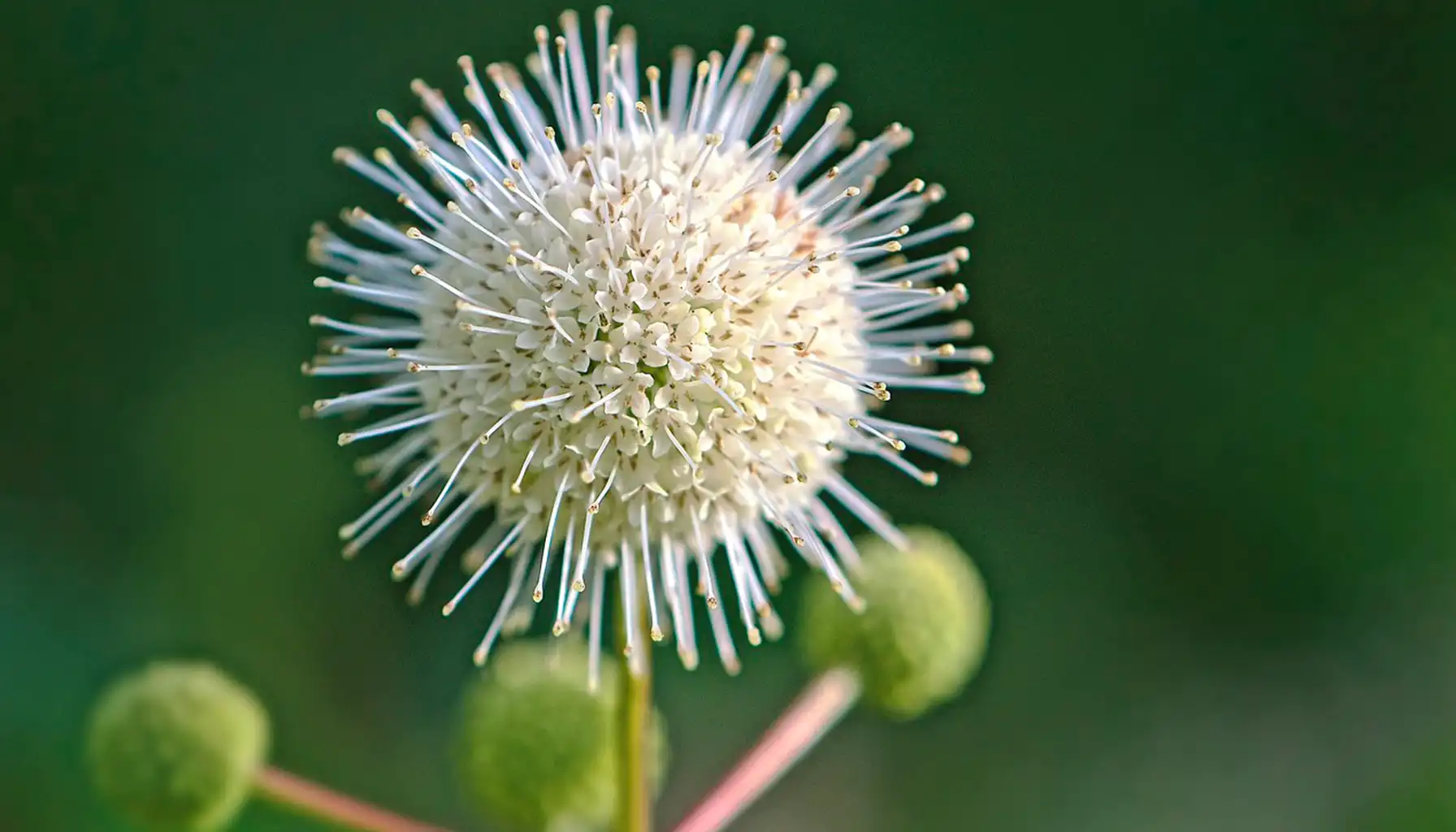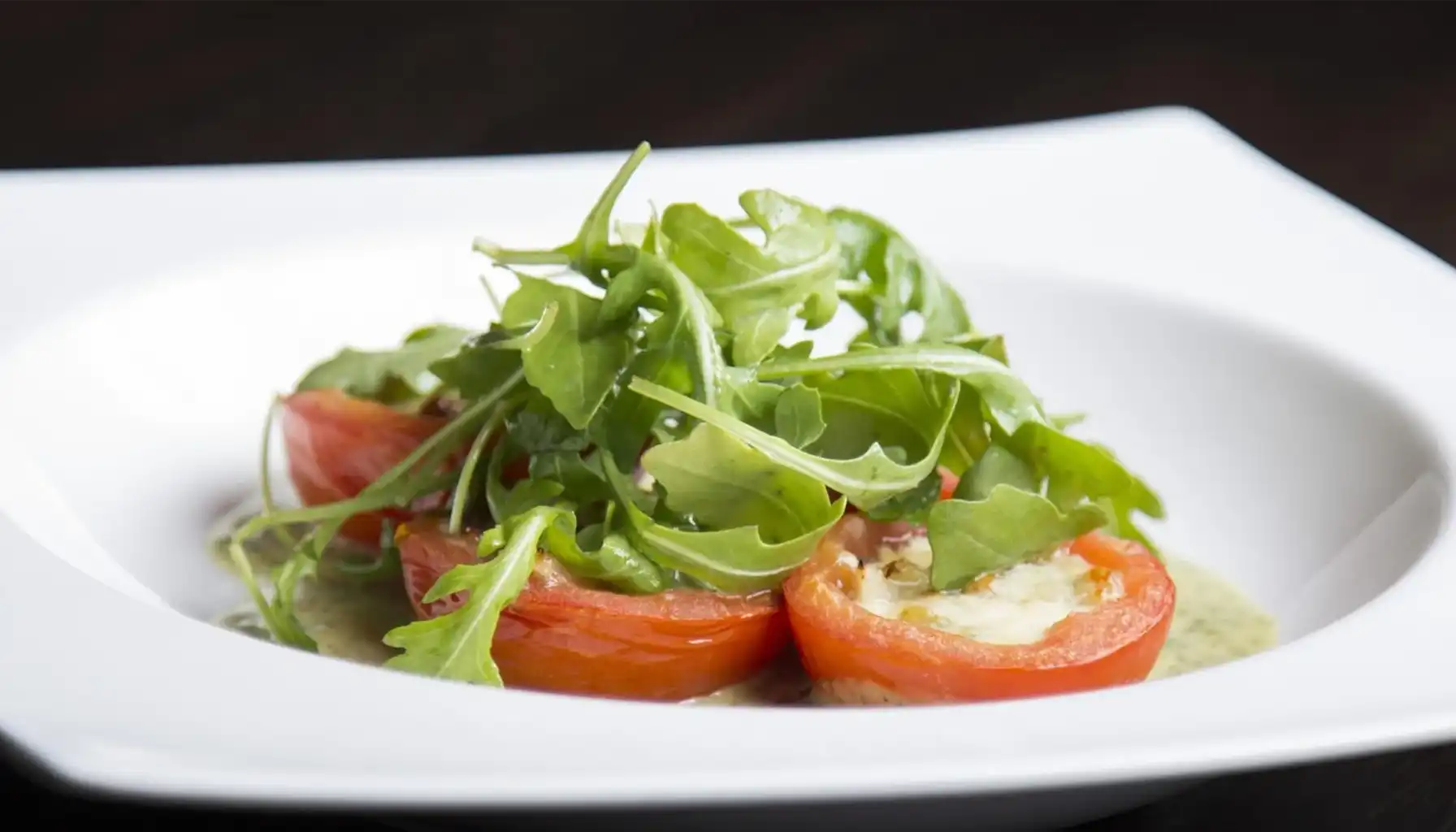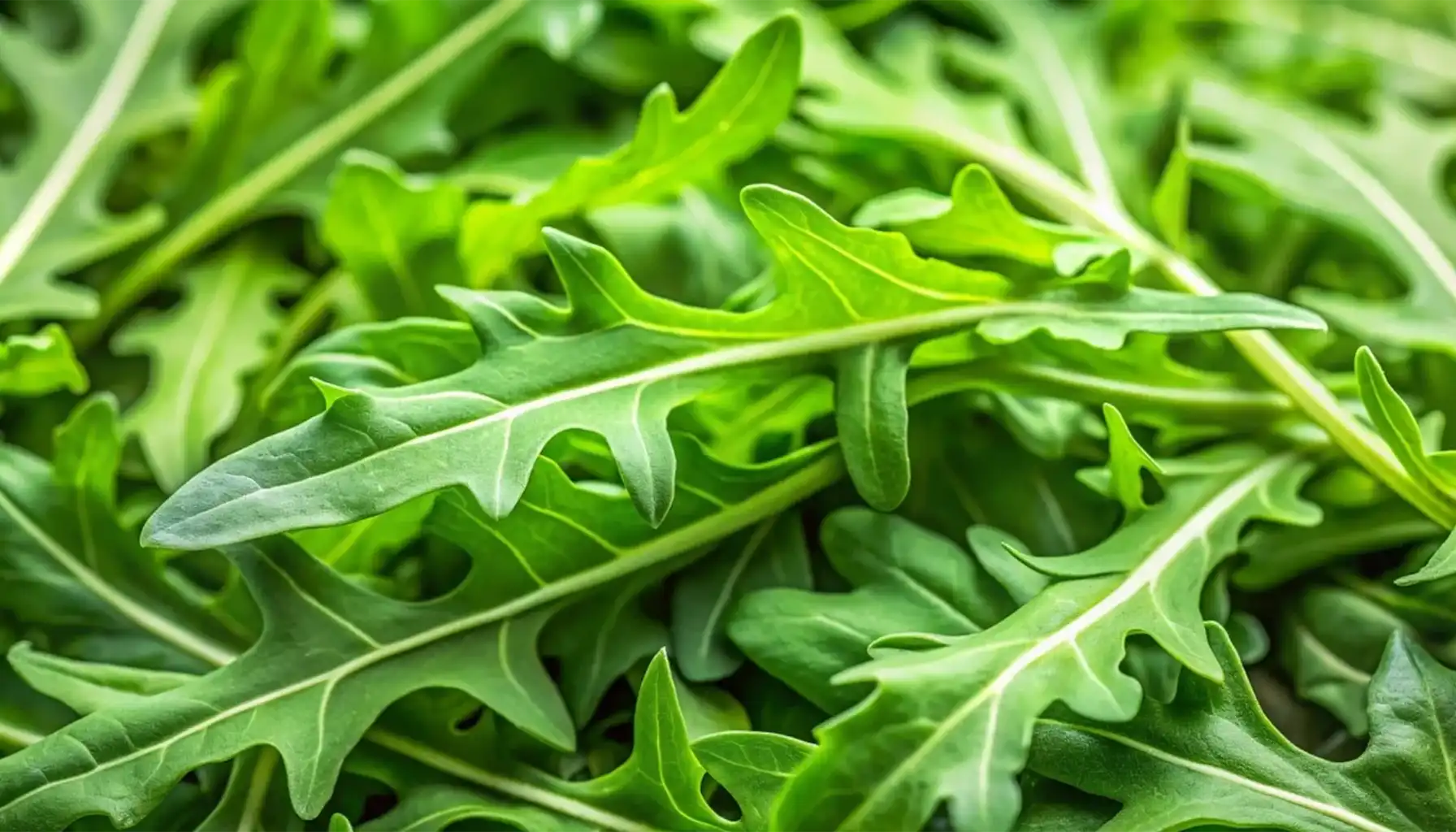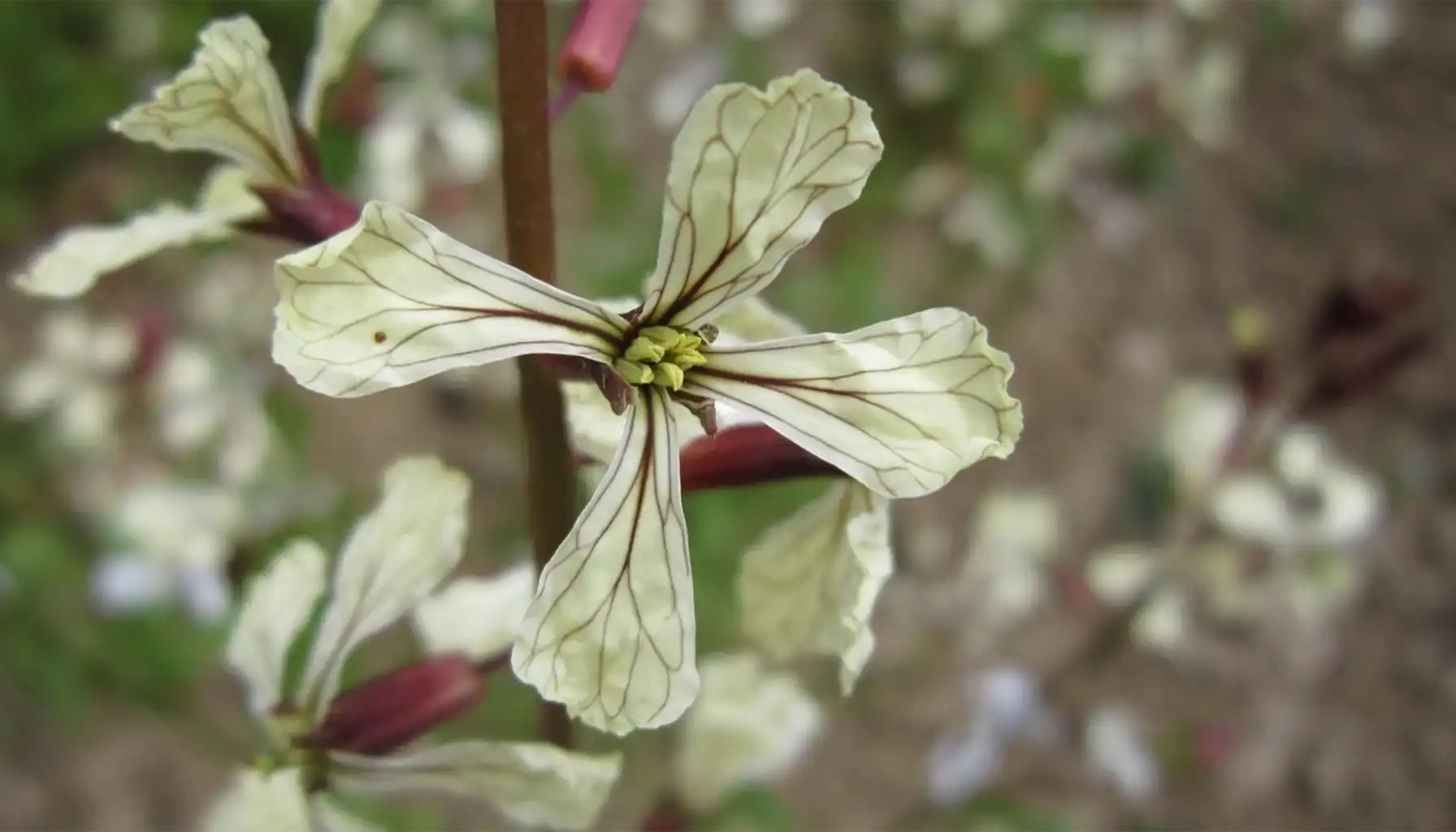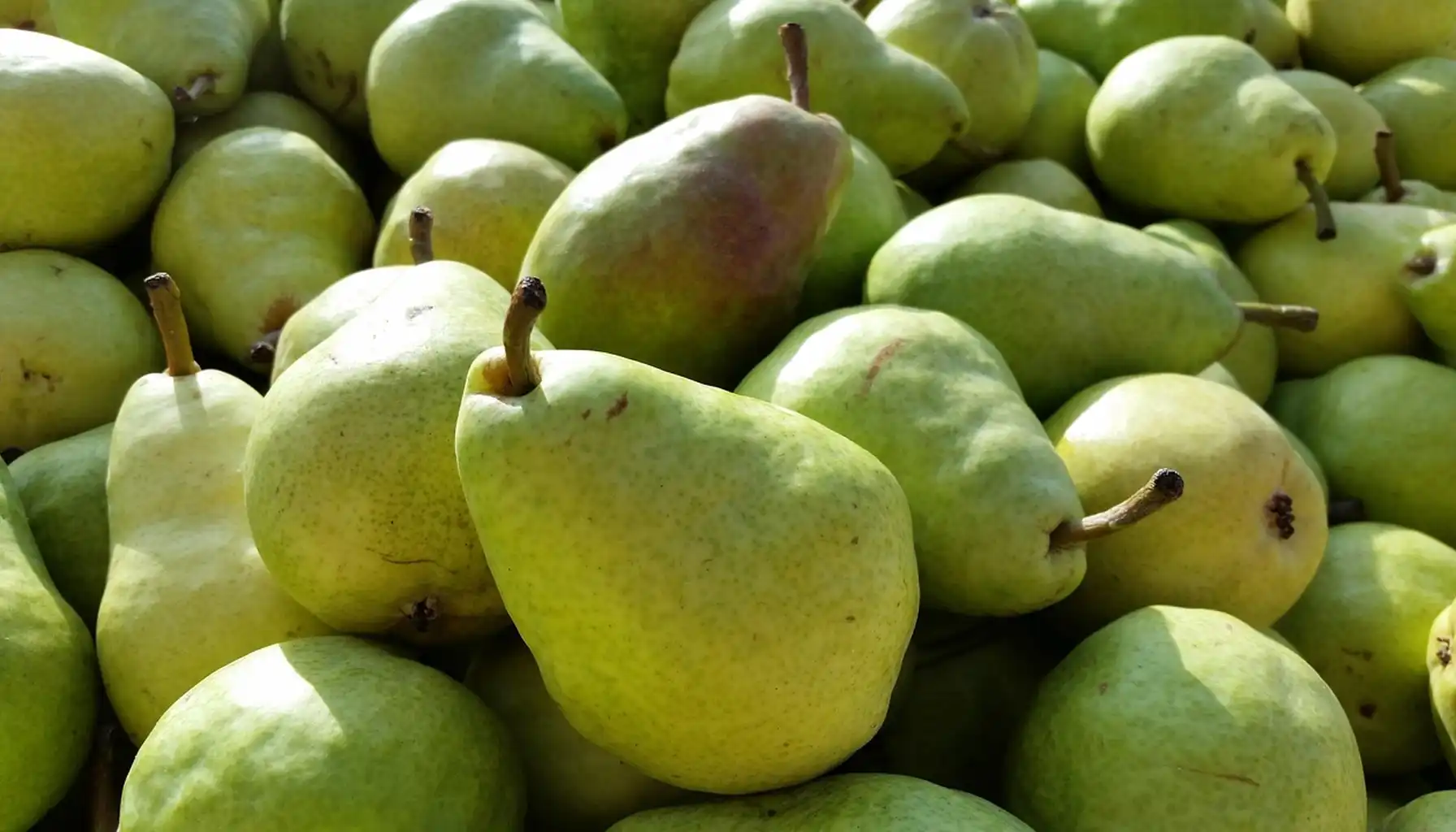What is arugula? Known in much of the world as rocket or rucola, leafy green belongs to the brassica family, the same group as mustard, broccoli, and kale. It has a peppery taste and is used a lot in Mediterranean diets.
In the United States, interest in this herb surged in the 1990s in upscale restaurants. But it has moved into everyday grocery bags, often appearing in salad mixes or as a garnish on sandwiches.
You can grow your own arugula at home, in the garden, or in the kitchen. But greens need some care, which is not really beginner-friendly. You can make it easier with a Plant ID app. What it does is help you to take care of any plant: take a photo and see if there is enough hydration, light, there are any diseases in a matter of seconds.
The most common use is the classic arugula salad, tender leaves tossed with citrus or vinegar-based dressings, shaved Parmesan, and toasted nuts. But it can be stirred into pasta, wilted on hot pizza, or blended into pesto.
Nutritional Profile
Its sharp taste hints at the phytochemicals inside, compounds linked with immune support and anti-inflammatory effects. Looking closer at arugula nutrition, the numbers are impressive given how few calories it contains.
A 100-gram serving (about 3.5 ounces) offers just 25 arugula calories, it is one of the lightest foods you can pile on a plate. Despite the low energy, it has vitamins A, C, and K in meaningful amounts, plus folate, calcium, magnesium, and potassium.
Does arugula have fiber? Yes, though in modest amounts. That same 100-gram serving provides about 1.6 grams of dietary fiber.
Some confuse it with lettuce because of its common use in salads. But labeling it as arugula lettuce isn’t quite right. Biologically, it belongs to the Brassicaceae family, closer to mustard than romaine. That explains its bolder flavor compared to true lettuces, which are typically mild and watery.
Nutritional Facts (per 100 g, raw)
Nutrient | Amount | % Daily Value* |
Calories | 25 | 1% |
Carbohydrates | 3.6 g | – |
Fiber | 1.6 g | 6% |
Protein | 2.6 g | 5% |
Vitamin K | 109 mcg | >100% |
Folate | 97 mcg | 24% |
Vitamin A | 2373 IU | 47% |
Vitamin C | 15 mg | 17% |
Calcium | 160 mg | 16% |
*Approximate, based on USDA database values.
Health Benefits
The peppery bite of this green signals a concentration of phytonutrients and vitamins linked to long-term wellness. When nutritionists talk about arugula health benefits, they usually highlight its role in bone strength, heart support, and disease prevention.
One of the biggest benefits of arugula is its vitamin K content. A single serving supplies more than the daily recommended amount, essential for healthy bone formation and blood clotting.
Arugula benefits cardiovascular health too.The nitrates found in leafy greens may help regulate blood pressure and improve circulation. Magnesium and potassium add to this effect by supporting proper muscle and nerve function. Meanwhile, its fiber content, though modest, helps maintain healthy digestion and stabilizes blood sugar.
Are you into healthy eating? Check out the Everyday Edible Leaves article to expand your garden.
So, is arugula healthy? Yes, especially when part of a diet rich in varied vegetables. It’s nutrient-dense but very low in calories. Digestive sensitivity is a concern for some. People with IBS or related conditions often ask: is arugula low fodmap? Yes, unlike onions, garlic, or certain beans, it doesn’t contain fermentable sugars that typically trigger symptoms. This makes it one of the more gut-friendly greens for sensitive eaters.
Rich in vitamin K for bones
Packed with antioxidants for immune support
Natural nitrates may aid blood pressure control
Low FODMAP and generally easy on digestion
Supports weight management due to low-calorie load
Culinary Uses
Fresh salads remain the most common way to enjoy it. Tender baby arugula has a milder taste than mature leaves, perfect for tossing with citrus dressings, Parmesan shavings, and toasted pine nuts.
Mature arugula leaves have a stronger taste and are often paired with bold flavors. In Italian cooking, they top pizzas straight from the oven, wilt just enough from the residual heat, and add freshness that balances melted cheese. They’re also stirred into pasta dishes, folded into omelets, or sautéed lightly with garlic as a side.
For an upscale garnish, micro arugula is grown for only a few weeks and clipped while still delicate. Restaurants scatter them over soups, roasted vegetables, and even cocktails for a peppery hint.
Creative cooks blend arugula into pesto, smoothies, or sauces, replacing part of the basil or spinach with something more assertive.
Arugula in Pets & Animal Diets
First, can dogs eat arugula? Yes, in small amounts. The leaves are non-toxic, but they should be given as an occasional treat rather than a main food source. Too much can upset digestion.
Next, can rabbits eat arugula? Definitely, it’s included in rabbit diets as part of a mix of greens. The peppery taste may not appeal to every bunny, but most enjoy it. Still, balance is important, since brassicas can sometimes cause gas if fed in excess.
As for cats, people often ask: can cats eat arugula? Cats are obligate carnivores, so they don’t need greens nutritionally, but a nibble won’t hurt them. Some even enjoy chewing the leaves. Just make sure it’s washed and pesticide-free.
Can chickens eat arugula? Yes, chickens love leafy greens. Tossing a few handfuls into a run is a good enrichment; hens benefit from the added nutrients.
Even the arugula flower is edible for both humans and some animals, though its flavor is more pungent. Gardeners often let a few plants bloom; the blossoms attract pollinators.
Growing Guide
A mature arugula plant stands between 8 and 40 inches tall. If left to bloom, it sends up white flowers streaked with purple veins. What does arugula look like compared to lettuce? It is a loose, jagged rosette of leaves, closer to mustard or dandelion than romaine.
You can grow your garden AND make it look beautiful. How? See Edible Landscaping: How to Grow Food That Looks Beautiful.
Wild relatives still grow freely in parts of Europe and the Middle East. This wild arugula is spicier and more resilient, often perennial rather than annual. It’s common in traditional cuisines and is now sold in seed catalogs.
The basics of growing arugula are simple. It prefers full sun but tolerates partial shade, especially in summer heat. Soil should be fertile and well-drained, enriched with compost or organic matter. Moisture is critical; dry conditions lead to bitterness and early bolting.
Here’s how to grow arugula :
Direct-sow arugula seeds outdoors in early spring or late summer. They germinate quickly in cool soil
Thin arugula seedlings to about 4-6 inches apart once they sprout, giving each plant room to develop
Keep the soil evenly moist; use mulch to stabilize the temperature
Harvest outer leaves as soon as they reach usable size, or cut entire plants when rosettes are mature
Sow successive batches every 2-3 weeks for a continuous supply
Because the crop matures in as little as 35-50 days, gardeners often treat it as a cut-and-come-again green. Some varieties even regrow after mowing.
Pairing it with the right neighbors improves yield. Good arugula companion plants include lettuce, peas, and radishes; they don’t compete heavily for nutrients and help shade the soil. Avoid planting near other brassicas like broccoli or cabbage, which share pests and diseases. Read more about pests in the article about Pest Control: Essential Strategies and Regulations.
Ecology, History & Fun Facts
This leafy green has been part of the human diet since Roman times, praised in poems. Ancient writers like Virgil and Ovid mentioned it, while medieval monasteries reportedly restricted its cultivation because of its stimulating reputation. Despite the folklore, it remained a common kitchen herb in Italy and surrounding regions, where it was often mixed with milder greens.
The species thrives in disturbed soils, roadsides, and open fields. That’s why wild arugula can still be found across Europe, the Middle East, and now even in naturalized patches throughout North America. These feral forms grow tougher leaves with an even sharper bite compared to the cultivated garden varieties.
Language around this crop reflects its long history of travel. In England, Australia, and New Zealand, it’s called “rocket,” while Italians use “rucola.” The term “arugula” itself entered American English only in the 20th century, borrowed from southern Italian dialects.
Recipes & Serving Ideas
The simplest way to enjoy this green is in an arugula salad, where its peppery flavor shines without much fuss. Tossing a handful of fresh leaves with olive oil, lemon juice, and shaved Parmesan makes a classic Italian starter. But there are plenty of other ways to work it into meals.
Quick Ideas for Using Arugula
Classic Arugula Salad with Parmesan & Lemon
Ingredients (4 servings):
4 cups baby arugula, rinsed and dried
¼ cup shaved Parmesan cheese
2 tablespoons extra virgin olive oil
1 tablespoon fresh lemon juice
Salt and freshly ground black pepper to taste
Directions:
Place the arugula in a large salad bowl
Drizzle with olive oil and lemon juice
Season with salt and pepper
Toss gently until leaves are evenly coated
Sprinkle with Parmesan shavings before serving
Arugula Pesto Pasta
Ingredients (4 servings):
3 cups packed arugula leaves
½ cup walnuts (or pine nuts), toasted
½ cup grated Parmesan cheese
2 garlic cloves
½ cup olive oil
Salt and pepper to taste
12 oz spaghetti or linguine
Directions:
Cook pasta according to package instructions. Reserve ½ cup of cooking water.
In a food processor, combine arugula, walnuts, Parmesan, and garlic. Pulse until finely chopped
Drizzle in olive oil until smooth. Season with salt and pepper
Toss the hot pasta with the pesto, adding a splash of cooking water to loosen the sauce
Serve warm, with extra cheese on top if desired
Pizza with Arugula & Prosciutto
Ingredients (2 medium pizzas):
Directions:
Preheat oven to 450°F (230°C)
Spread tomato sauce evenly over the pizza crusts
Top with mozzarella and bake for 10–12 minutes, or until the cheese is bubbling
Remove from the oven, and layer prosciutto on top
In a small bowl, toss arugula with olive oil. Scatter over the hot pizza
Finish with Parmesan shavings before slicing and serving
It also works in smoothies, paired with apple or pineapple to balance bitterness. The flowers are edible too, with a stronger taste, and can be sprinkled on salads for color.
Conclusion
Arugula’s story stretches from ancient Roman gardens to modern kitchen tables, and it hasn’t lost any of its charm along the way. Part of its appeal lies in its dual personality: simple enough to toss into a quick salad, bold enough to stand out on a pizza or pasta dish. Its peppery taste is unmistakable, and once you get used to it, ordinary greens start to feel a little dull.
Just a handful brings vitamins, minerals, and antioxidants without piling on calories. Add to that its reputation for being easy to grow: sprouting fast, tolerating cool weather, and rewarding repeat harvests, and you see why gardeners and cooks alike keep coming back to it.
Related AI Plant Finder Posts
